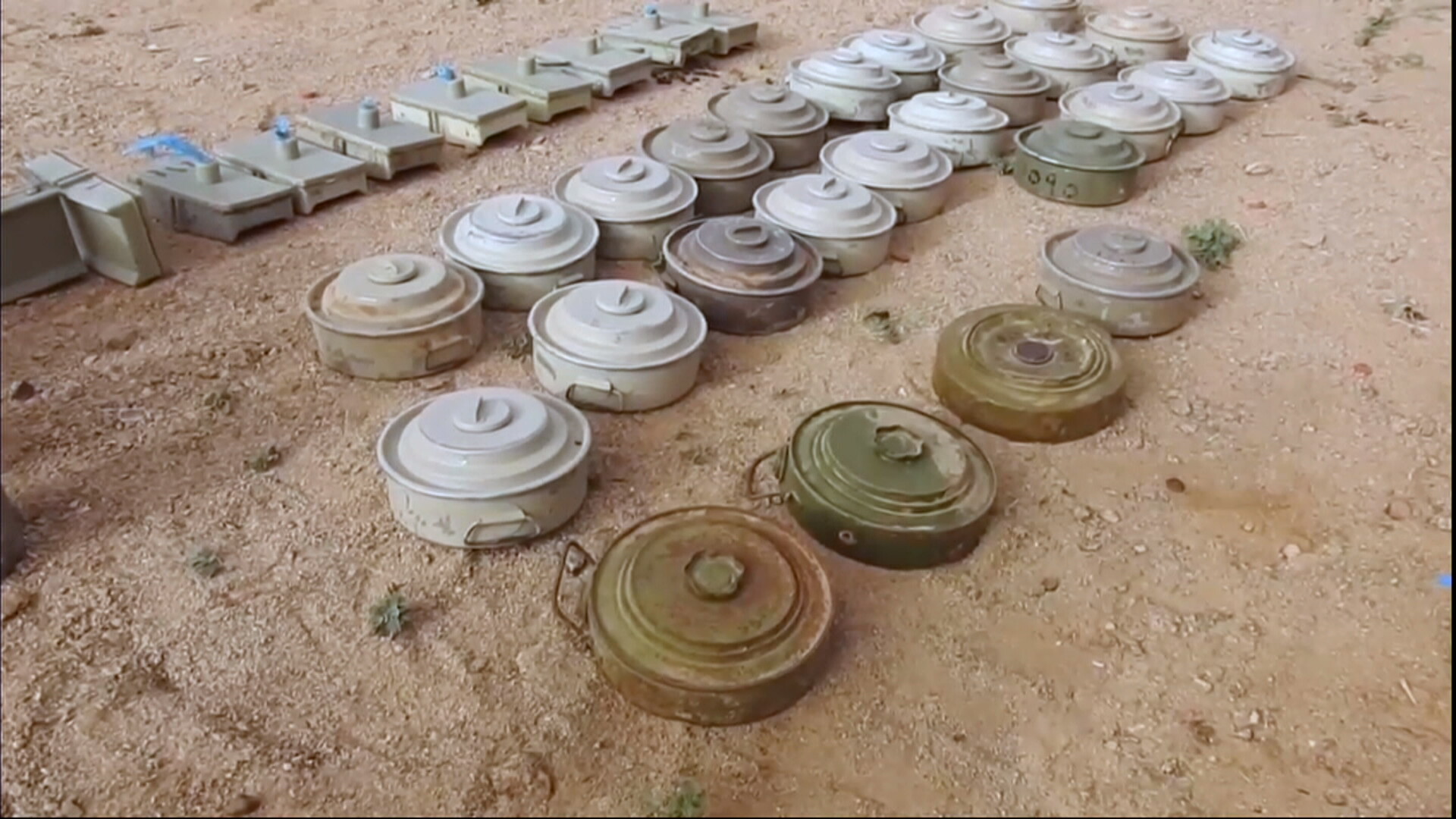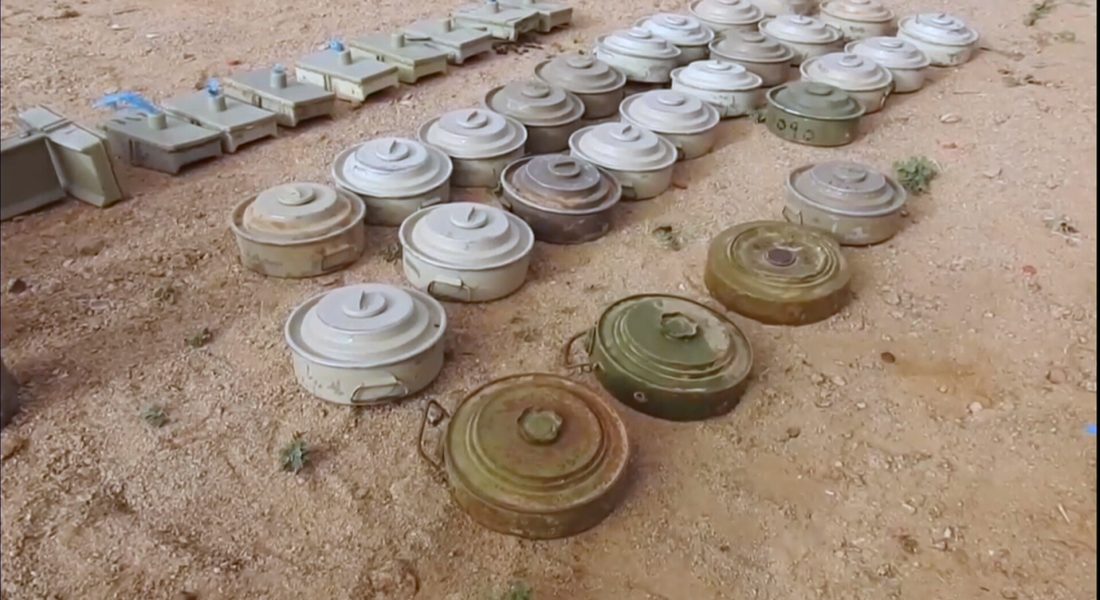News














Films and television shows frequently portray a wide variety of subjects inaccurately, and this is certainly the case when it comes to ordnance disposal.
In this particular instance, that can be quite dangerous, as it can lead to civilians who come into contact with ordnance taking unnecessary risks.
It also does a disservice to the ordnance technicians who put their lives at risk attempting to make areas of conflict safe again.
A common misconception seen in films pertains specifically to landmines. A group of soldiers will be walking along, when suddenly, you hear an audible click, and they freeze.
The rest of the scene is then spent working out how to get the soldiers to safety without detonating the landmine – the implication being that should the soldier who stepped the landmine lift his foot, that is when it will go off.
This is, broadly speaking, wildly inaccurate. Landmines detonate as soon as sufficient pressure is applied, and do not afford the opportunity to get to safety – that is one of the reasons they are so dangerous. Furthermore, landmines are generally buried, meaning there might be no indication they are even there – which is yet another reason they are so dangerous.
Another myth that is frequently perpetuated refers to ordnance in general. Many people appear to have the impression that because ordnance found in the field is old, it is safer to approach and/or handle.
In fact, the opposite is true. Older ordnance is implicitly unstable, due to the potential decay of both the explosive material itself and the mechanisms surrounding it.
This makes the act of rendering the area the ordnance is found in safe even more dangerous. As a rule, people should never approach, and certainly not handle, any kind of ordnance whatsoever, be it old or new.
The safest thing for them to do is to keep their distance and contact the appropriate authorities.
Yet another misconception frequently shown in media applies to the act of ordnance disposal itself.
Generally speaking, if it is avoidable, ordnance is not defused – instead, it is destroyed in situ. There is no “cutting the red wire” while a digital timer in the background counts down.
The safest method of rendering ordnance safe is, in fact, simply destroying it. This can be done by detonating it (from a safe distance), burning it, or incinerating it – a specific type of burning used for certain kinds of landmines.
Sometimes, this can be done en masse at a specific location, but only if the ordnance in question has been determined to be safe to move. Of course, strict and specific standard operating procedures exist to inform the decisions of ordnance technicians in the field.
Overall, actual ordnance disposal is a far cry from the way it is depicted in popular cultures. The examples above are just a handful of the ways it is portrayed inaccurately.
It is tense, dangerous work, but at the same time, cautious and considered.






